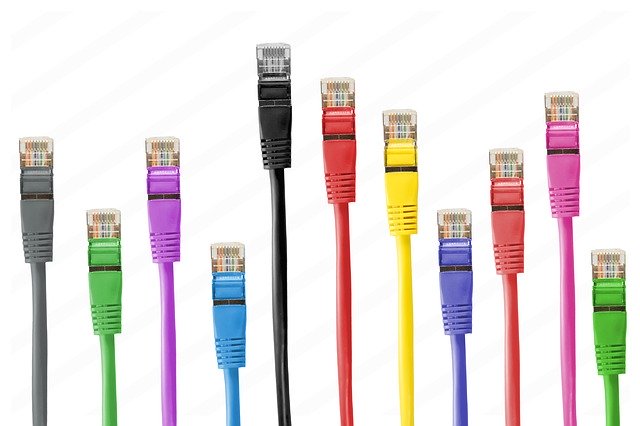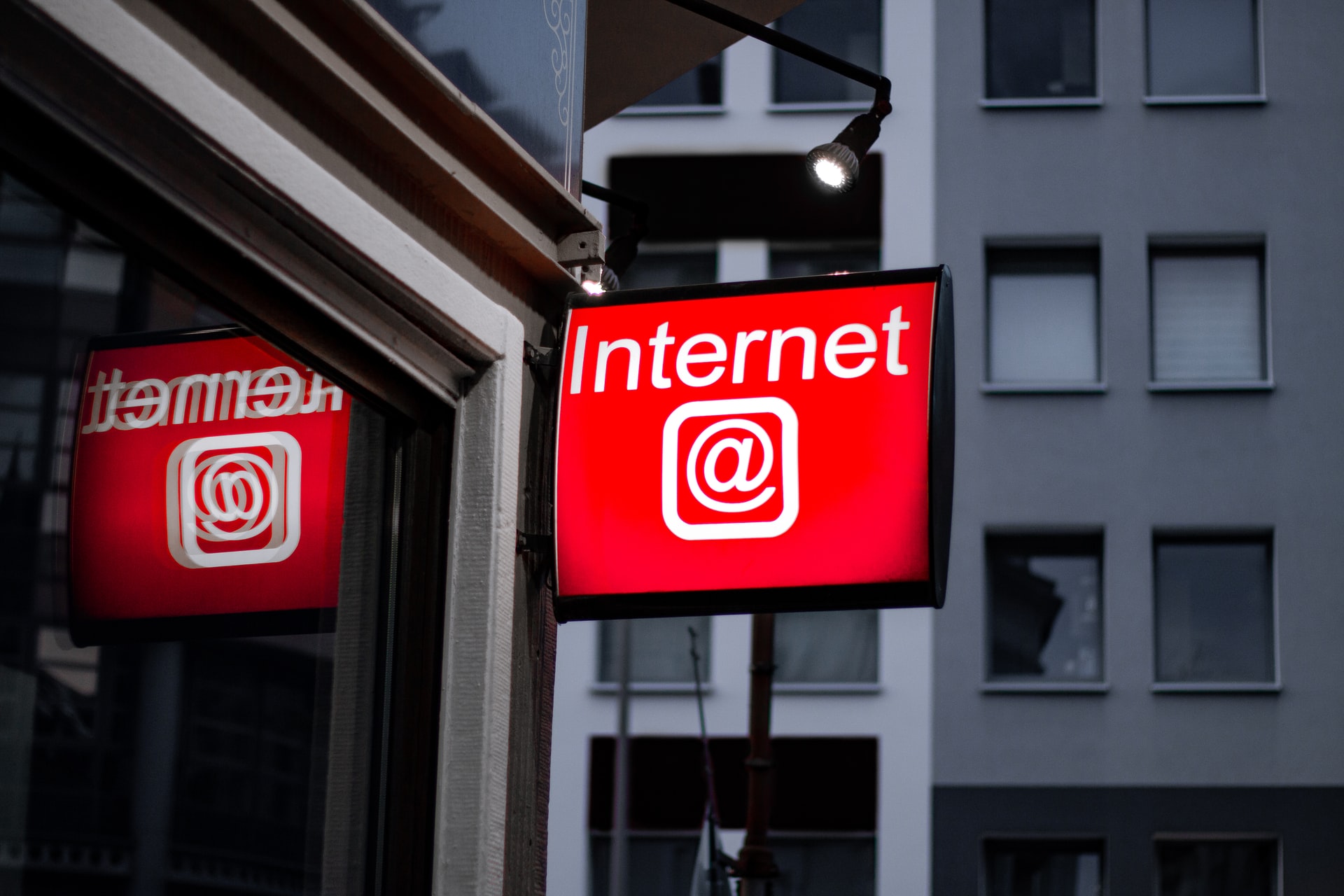Outside major cities, choices for internet connection can be sparse. While cable and fiber internet are kings in the metro, satellite internet and DSL are competing for subscribers in remote areas.
This is not to say that customers in the countryside are settling for these services, especially when we have future, ambitious projects on satellite internet interest entrepreneurs as prominent as Elon Musk.
But with lesser users, it requires more effort to paint a complete picture of how well satellite internet and DSL work. It is also a task to see how they compare against each other, which can leave potential customers confused as to what fits their needs best.
Satellite Internet VS DSL
How do satellite internet and DSL work?
Before diving into comparing and contrasting the services, here is a brief explanation of how the two service types work to give you an internet connection.
On one hand, you have a service that establishes internet connection by shooting beams of data to space and then back to earth. On the other, you have one that heavily relies on phone lines, with information being transmitted through these wires.
Satellite internet works with the use of a satellite dish, a space satellite, and an internet provider’s center. The connection is not as direct as DSL because every internet request is sent thousands of miles above the planet, but as long as there is a clear view of the sky, you can count on it to work.
Meanwhile, DSL requires phone lines so that you can go online, and is a type of a terrestrial connection. It is similar to the lesser choice which is dial-up in this respect, except that DSL would not leave the phone unusable while you are browsing the web. It is also faster than dial-up.
Based on how these two work, it might seem like we are comparing apples and oranges. But they are often the only two services present in locations where fiber and cable internet are absent.
It is also worth knowing what you are getting into before paying for a service and investing in the equipment needed for it to function. To do this, we can further compare the two in terms of accessibility, reliability, speed, and price, among others.
Accessibility
Satellite internet is not restricted by location. This is mainly because one integral part of the process is in space. As long as you can see the sky, you can count on satellite internet to reach you.
Other people who have the convenience of wired connections while being closer to their internet provider’s access points may not have to think about this, but those in secluded areas who still need to go online have to.
And then there are also travelers who cannot rely on phone and cable wires because their coordinates in the globe are always changing. Need to stay connected in the middle of the sea? [1] Your satellite dish may require some adjustments, but it will still work.
DSL is available in most areas, at least in the United States. But if you want to build that dream house somewhere secluded with fewer people around, it might not be available. In fact, the farther you are from a service provider’s office, the lesser chance it is that you can get high speeds as you are promised, and that is if they are even available at all.
Winner: satellite internet
Reliability
Theoretically, phone lines should be more reliable than wireless alternatives. There is a limit on the obstructions from your phone company to your home and wires are less subject to elements in the air and space.
However, DSL is reliable only in these ideal operating situations. You cannot control disasters, human error, and nature. Phone cables are also subject to wear and tear. Often, a quick fix also is nonexistent. Depending on the circumstance, restoring connections can take days, weeks, and even months. You can get by with limited speeds, but you are not getting the most out of your investment.
In these scenarios, you can count on satellite internet. So long as your equipment is intact, service should not be a problem because beams are not subject to wear and tear. Need to seek help in cases of emergencies? Well, you can rely on satellite internet to be up and working. Remember, it can send and receive signals anywhere under the sky.
Winner: satellite internet
Speed
Both service types offer high-speed internet, but you can easily spot the difference in the paper when comparing satellite internet and DSL.
Satellite internet providers do well enough, promising 20 up to 100 Mbps, technically still high speed. DSL one-ups that though by promising for access to go as fast as 1000 Mbps. And the difference is hard to ignore, especially for those who want fast access to the Internet.
There is a caveat, though: DSL speeds vary depending on location. If you are near a service provider’s central office, then sure, these speeds are highly likely. But many miles away and far from other houses with the same service? Well, you cannot be sure.
Plus, there’s the issue of wires being worn out. Often, DSL uses copper wire and fiber optic lines to transmit information, but the condition of these are not always checked out, maybe unless a complaint or a request for technical assistance has been filed.
Distance is also a factor for satellite internet, but this often shows more in terms of high ping times. After all, the distance it takes for signals to travel is many miles away, which is just given in non-terrestrial connections.
This is important to gaming, and to some extent streaming, but generally, speed should be unaffected. Your location relative to the space satellite and the internet provider also matter less, so the speed is less likely to be affected by this.
Businesses can benefit from both DSL and satellite internet, but the area they cover has to be considered if they want to receive optimal speeds.
Winner: tie
Price
Now, this is where DSL really shines. Generally, DSL is considered to be the low-cost option of the two. Combined with higher speeds promised, the opportunity can be hard to let go of.
Term fees are also less common for DSL. Installation is still best done with a professional hired by your service provider if you are far from tech-savvy, but the necessary components are less in number and are pretty standard for any internet connection anyway.
Meanwhile, satellite internet can be the same or sometimes double the rate of DSL. Term contracts are also the industry standard. Installation of a satellite dish will most likely require a technician who can orient the equipment depending on the coordinates of the space satellite following the earth’s orbit above the equator. Besides the price of the dish, setting it up is also subject to installation fees.
Winner: DSL
With the head to head comparison done, let us take a quick look at the pros and cons of the two service types.
Satellite internet
Pros
- Connection is guaranteed everywhere, counting being in the middle of the sea and traveling
- Speeds promised are now faster than DSL
- Subject to fewer service disruptions because signals are not dependent on wires
Cons
- Often has problems with high latency because of the distance traveled by signals
- More expensive than DSL
DSL
Pros
- Does not require as much equipment as satellite internet during installation
- Considerably cheaper than satellite internet
Cons
- Connection is dependent on phone wires
- Speed is dictated by the distance from a service provider’s access point
- Connection can suffer for long periods of time in cases of damage to wires
Conclusion
In areas where cable and fiber internet are nonexistent, satellite internet and DSL are competing for customers. Based on our comparison, much of the decision-making will depend on location. Does it matter how many miles are you away from a center? Do you need to be online most times regardless of where you are at any given point in time?
It is easy to deduce that satellite internet is all about convenience. You can be online virtually anywhere, which is quite an offer in this constantly connected world. But you also pay for that convenience. When your location is prime for a DSL connection, then the cheaper option might be better. You can easily reach the speeds you were promised.
There are promising developments in satellite internet though. It is worth following to see if these change the market significantly, and figure if investing in it becomes more attractive in the long run.








Comments